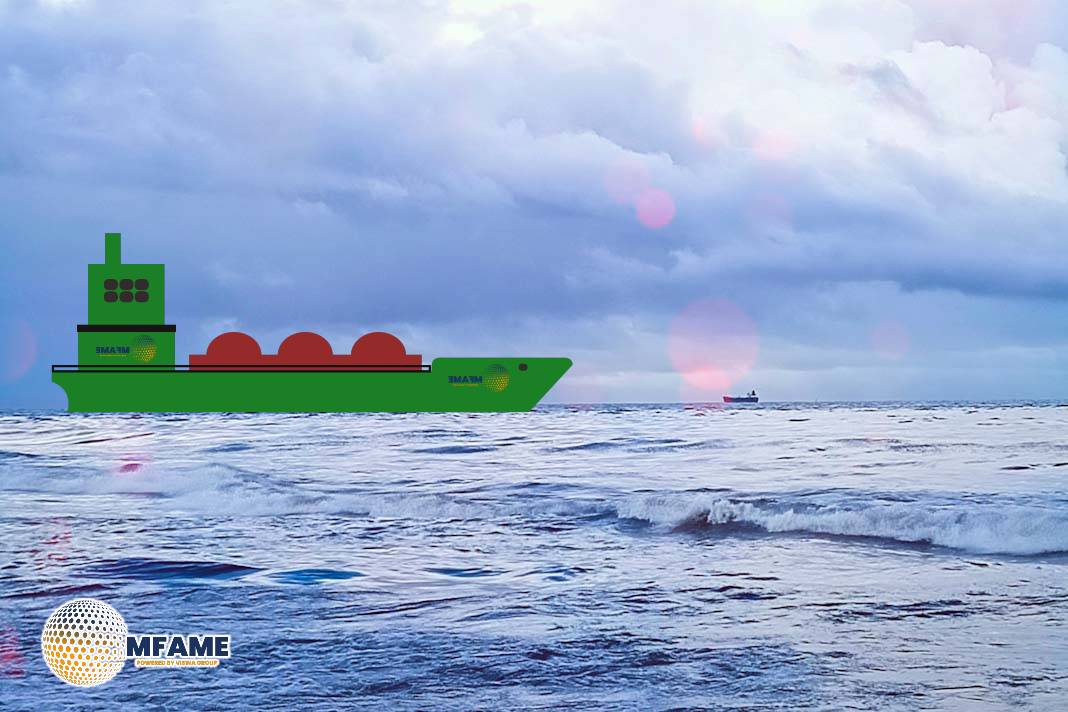 The European bio-LNG market is witnessing a significant shift as the price gap between subsidized and unsubsidized volumes steadily narrows. Over the past 12 months, the spread has contracted from around €50/MWh to as low as €20/MWh, driven by rising demand for subsidized fuel and evolving maritime regulations. This trend is reshaping the economics of green shipping and influencing shipowners’ compliance strategies.
The European bio-LNG market is witnessing a significant shift as the price gap between subsidized and unsubsidized volumes steadily narrows. Over the past 12 months, the spread has contracted from around €50/MWh to as low as €20/MWh, driven by rising demand for subsidized fuel and evolving maritime regulations. This trend is reshaping the economics of green shipping and influencing shipowners’ compliance strategies.
Regulation Driving Market Dynamics
The tightening price differential is closely linked to regulatory changes. The FuelEU Maritime regulation, which mandates a 2% cut in carbon intensity by 2025 and up to 80% by 2050, is pushing shipowners toward cleaner fuel alternatives. Subsidized bio-LNG, supported by government incentives for producers, has become a cost-effective choice.
While some initially believed only unsubsidized volumes would qualify under EU rules, the absence of an official restriction has fueled demand for subsidized volumes. Vessel pooling mechanisms, such as Gasum’s commercial fleet initiative, are also accelerating adoption by allowing shipowners to share compliance benefits across multiple vessels.
Market Uncertainty and Strategic Choices
Despite the popularity of subsidized bio-LNG, uncertainties remain. Many traders still see value in unsubsidized volumes, which are considered a safer long-term regulatory bet. Some shipping firms are adopting flexible contract structures that allow switching between subsidized and unsubsidized fuel depending on compliance needs. Platts’ launch of a daily price assessment for both categories underscores the growing maturity of this market. As of late September, unsubsidized bio-LNG held a €35.5/MWh premium over subsidized equivalents, though traders expect the gap to stabilize closer to €30/MWh in the coming years.
The narrowing spread between subsidized and unsubsidized bio-LNG prices reflects the complex interplay between regulation, demand, and market adaptation in maritime fuels. While subsidized fuel currently dominates due to cost advantages and compliance acceptance, unsubsidized volumes retain strategic importance for long-term security. As the market evolves under stricter emission rules, both types of bio-LNG are expected to play complementary roles in shaping the future of sustainable shipping.
Did you subscribe to our Daily newsletter?
It’s Free! Click here to Subscribe!
Source: S&P GLOBAL





















